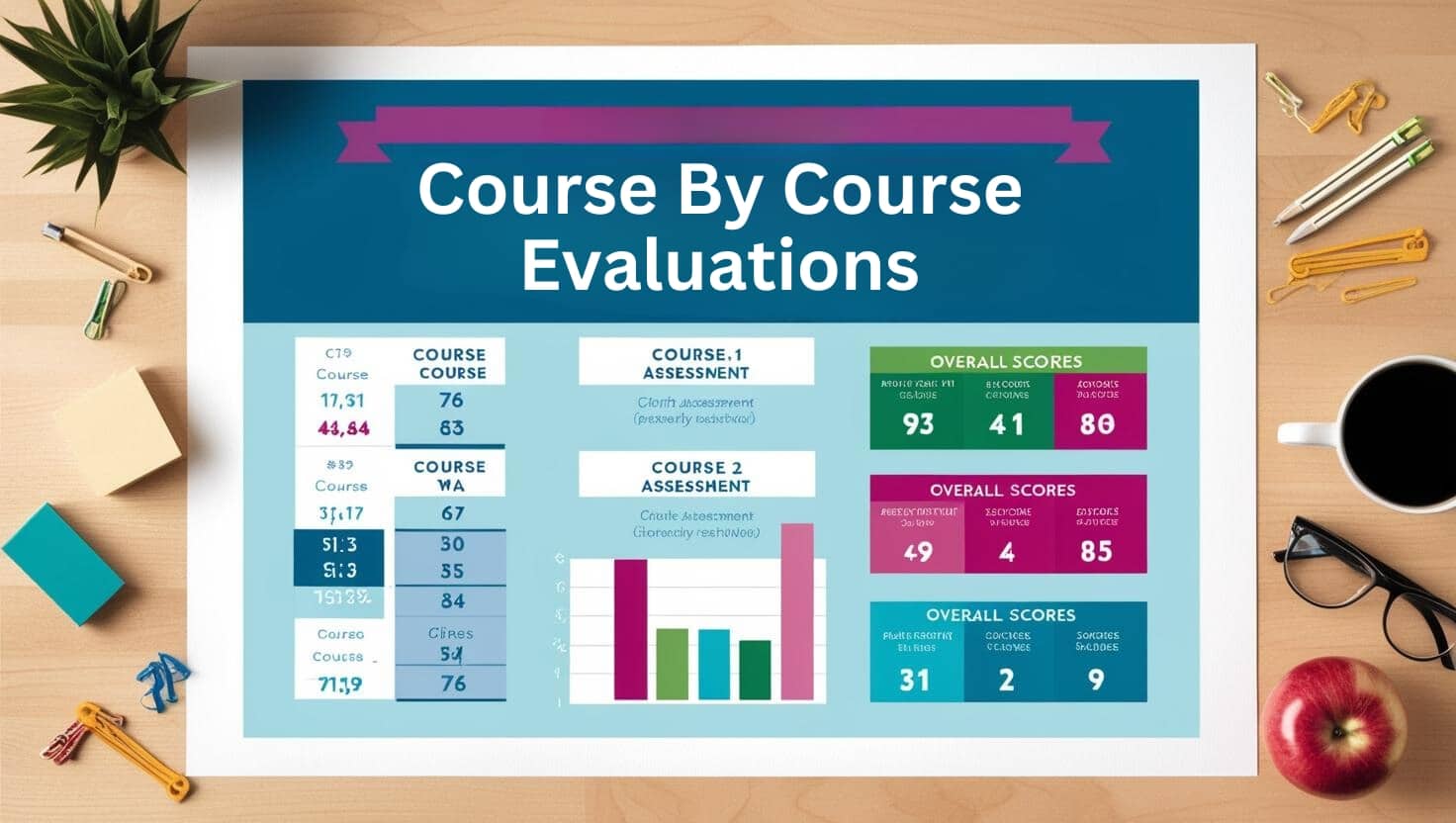Introduction
In today's globalized world, higher education credentials are progressively valued across national boundaries. Several individuals look for to further their professions or seek educational opportunities in different nations, necessitating a thorough understanding of their academic qualifications. This is where international credential assessment services entered play, assisting both people and institutions in validating the credibility and equivalency of foreign academic credentials.
Among the different methods of credential analysis, the course-by-course credential evaluation sticks out as a meticulous strategy that provides an extensive evaluation of a person's educational records. This post will check out the nuances of course-by-course assessments, detailing what they involve, why they are essential, and just how they can affect one's profession trajectory.
What is Course‑by‑Course Credential Evaluation?
Definition and Purpose
A course-by-course credential evaluation entails a thorough exam of each course provided on a scholastic records. This examination not just translates grades and credit reports yet additionally evaluates the content and rigor of each program taken by the student. The primary goal is to establish exactly how these training courses align with instructional criteria in another country.
Importance of Course‑by‑Course Evaluations
Why is it vital to perform a course-by-course analysis? For individuals planning to study or work abroad, this type of assessment can give important insights right into how their previous scholastic experiences translate in a brand-new context. It helps institutions in making informed choices concerning admissions, working with, or licensure.

The Process of Course‑by‑Course Credential Evaluation
Step 1: Paper Collection
The first step in any type of academic credential evaluation procedure is accumulating needed documents. This normally consists of:
- Official transcripts Degree certificates Course curricula (if readily available)
Having these records all set streamlines the analysis process.
Step 2: Evaluation and Analysis
Once files are collected, evaluators diligently assess them for authenticity and completeness. Each course is examined based upon numerous standards:
- Credit Hours: How many credit reports were appointed to each course? Grades: What grades were achieved? Course Web content: What subjects were covered?
Step 3: Comparison with Neighborhood Standards
After extensive evaluation, evaluators compare the programs versus local instructional criteria. They may reference resources such as: https://paxtonwseo527.bearsfanteamshop.com/academic-credential-examination-transcript-degree-evaluation
- National databases Accreditation bodies Institutional guidelines
This contrast helps determine similarity levels for each and every course.
Step 4: Report Generation
Finally, critics compile their findings right into a comprehensive report that outlines:
Total credit ratings earned. Equivalent programs at local institutions. Grading scales comparisons.This report works as an official document that can be presented to institutions or employers.
Benefits of Course‑by‑Course Credential Evaluations
Enhanced Comprehending of Academic Background
One main advantage is that students gain clearness on how their global education aligns with regional expectations. This understanding outfits them for better decision-making concerning refresher courses or job applications.

Increased Employability
Many employers call for candidates to have examined credentials when taking into consideration candidates from abroad. A favorable analysis can considerably improve employability prospects.
Facilitates Admission to Educational Programs
For trainees wishing to sign up in level programs, having a comprehensive evaluation helps establishments assess whether candidates fulfill entry demands a lot more effectively.
Work Experience Examination vs. Course-by-Course Credential Evaluation
What is Work Experience Evaluation?
A work experience evaluation focuses on examining specialist experiences instead of scholastic achievements. It examines skills acquired through employment instead of official education.
Key Distinctions In between Evaluations
|Feature|Course-by-Course Credential Analysis|Job Experience Analysis|| ---------------------------|---------------------------------------|----------------------------|| Focus|Academic training courses|Specialist experience|| Paperwork Needed|Records and syllabi|Work letters|| End result|Academic equivalency|Ability recognition|
Understanding these differences aids people in choosing which kind of examination fits their needs best.
Expert Point of view Letters
Importance of Expert Viewpoint Letters
An expert point of view letter work as an additional layer of recognition for assessments, particularly when one-of-a-kind scenarios emerge-- like unaccredited establishments or non-traditional instructional experiences.
How They Are Used
These letters can sustain applications by offering understandings from specialists that examine credentials based upon market standards or details institutional requirements.
Common Mistaken beliefs Concerning Credential Evaluations
Myth 1: All Evaluations Are Produced Equal
Not all assessments hold the exact same weight; different companies have differing methodologies and approval prices among institutions.
Myth 2: Only Degrees Matter
While degrees are vital, several companies value skills gotten through job experience equally-- and this highlights the importance of work experience analyses along with academic assessments.
FAQs Concerning Course‑by‑Course Credential Evaluation
What documents do I require for a course-by-course credential evaluation?- You typically need main records, level certifications, and perhaps course curricula if available.
- The duration differs by service provider however usually ranges from a few weeks to a number of months depending upon complexity.
- Yes! The majority of companies recognize examined qualifications when making working with decisions.
- Generally talking, of course; because of its comprehensive nature and extensive analysis.
- Not all; it's critical to inspect certain institutional needs prior to applying.
- It's finest to clarify any disparities with your establishment prior to submission; evaluators may flag inconsistencies influencing your assessment.
The Function of Different Stakeholders in Credential Evaluation
Educational Institutions
Institutions depend on accurate assessments to confess eligible prospects while making sure compliance with accreditation standards.
Employers
Employers use evaluations to confirm prospective hires' qualifications properly-- enhancing count on during employment processes.
Government Bodies
Some government companies require credential analyses for immigration purposes; thus playing a vital function in global mobility.
Conclusion
In recap, browsing the complexities surrounding worldwide education and learning needs complete understanding and knowledge-- both discovered within the realm of credential evaluations particularly focused on training courses taken throughout one's academic journey. A course-by-course credential evaluation not only brightens specific achievements yet likewise fosters opportunities throughout boundaries via enhanced employability and academic access.
As globalization proceeds forming our globe, spending time into comprehending these nuances can verify important for those looking towards international horizons-- whether academically or professionally oriented! Always bear in mind that you have alternatives available-- so make informed decisions concerning your future!